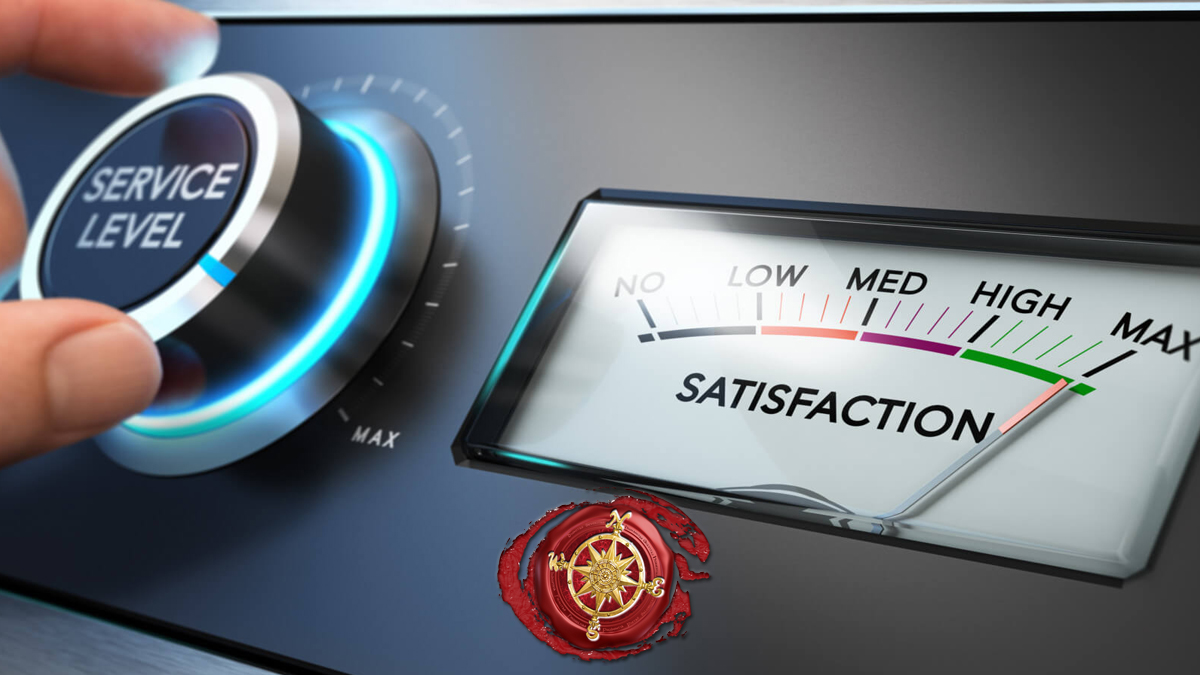You Can Increase Profitability through AI Productivity
Where Productivity Meets Profit
The productivity of your business is no longer just about doing more in less time, nor is it the proficiency of who’s working for you. It’s about using and doing the right things that directly impact your bottom line. Every business, no matter the size, leaks cash through inefficiencies, repetitive tasks, and slow decision-making. That’s just the truth about it, and in the age of AI, you can move faster than ever.
That’s good news! The better news is that AI automation workflows can plug those leaks while accelerating the work that actually grows revenue. You’re not just saving time — you’re finding cash you didn’t even realize was slipping away.
Let’s dive deep into the nine high-impact workflows you should automate with AI right now. Each one is proven to save hours, cut operational costs, and improve outcomes.
Frequently Asked Questions
1. How much does AI automation cost for small businesses?
Depending on what you automate. If you consider what it takes to pay for an actual person in the position doing the task(s), how much would you be paying in wages, benefits, vacation, health insurance, etc., and then see how the monthly cost for the monthly costs for AI Agent Automation compares to those numbers.
2. Do I need coding skills to set up AI workflows?
No. Many AI platforms are designed for non-technical users, offering features such as drag-and-drop builders, templates, and guided onboarding. However, for complex integrations, a tech consultant can speed up the process. But there is a learning curve to all of this. And knowing how to put it all together is a step above all others.
3. Can AI workflows integrate with my current systems?
Yes. Most AI automation tools offer native integrations with popular CRMs, marketing platforms, and accounting software. Others can connect via middleware like Zapier or n8n via APIs
4. How quickly will I see results from AI automation?
Immediate gains are realized in areas such as invoicing and scheduling. Marketing and sales automations typically show measurable improvements within 4–6 weeks.
5. Will AI replace my employees?
AI is best viewed as an assistant, not a replacement. It takes over repetitive, low-value tasks so your team can focus on strategy, creativity, and client relationships. However, with training, fewer employees will be needed to do the daily tasks you need done.
6. What’s the biggest risk in automating workflows?
Over-automation without oversight can lead to mistakes spreading faster. Always review AI-generated outputs, especially in the early stages, and set safeguards for exceptions.

The 9 SOP Workflows that AI can make Cash Cows
Integrating AI Across Multiple Workflows
Why integration multiplies ROI:
Each AI tool you add to your business is powerful on its own, but the real game-changer happens when they work together. By connecting multiple AI workflows, you create a self-updating, fully optimized system where actions in one area automatically trigger actions in another.
Example scenario:
- A lead fills out your website form →
- AI lead scoring tool ranks them as high-value →
- An email automation tool sends a personalized offer instantly →
- If they engage, CRM updates the sales rep’s calendar with a follow-up meeting →
- Post-sale, AI-driven invoicing sends the bill and tracks payment.
At no point in this chain did a human have to intervene — yet the customer experienced a fast, personalized, professional process.
Cash impact:
The speed of execution in an integrated AI environment can shorten your sales cycle, improve customer satisfaction, and drastically reduce labor costs. Businesses that integrate AI workflows report ROI gains of 25–40% compared to standalone automation.
Pro Tip: Start with 2–3 integrations between your highest-impact tools before expanding — this ensures your team can adapt without being overwhelmed.
Other Articles You May Enjoy:
Your Next Steps…
The businesses winning in today’s market aren’t just working harder — they’re working smarter. AI automation workflows are the fastest way to find hidden cash, reclaim lost hours, and scale without bloating your payroll.
Whether it’s streamlining lead qualification, delivering instant customer support, eliminating invoicing errors, or predicting inventory needs, AI gives you a competitive advantage that compounds over time.
But here’s the key: Start now, start small, and scale fast. Pick one or two workflows from this list, implement AI automation, measure the impact, and then move to the next.
Every week you delay is another week of:
-
Wasted employee hours
-
Missed revenue opportunities
-
Slower response times to market changes
The bottom line: AI isn’t the future — it’s the present. Businesses that adopt now will lead their industries. Those who wait will be playing catch-up.





